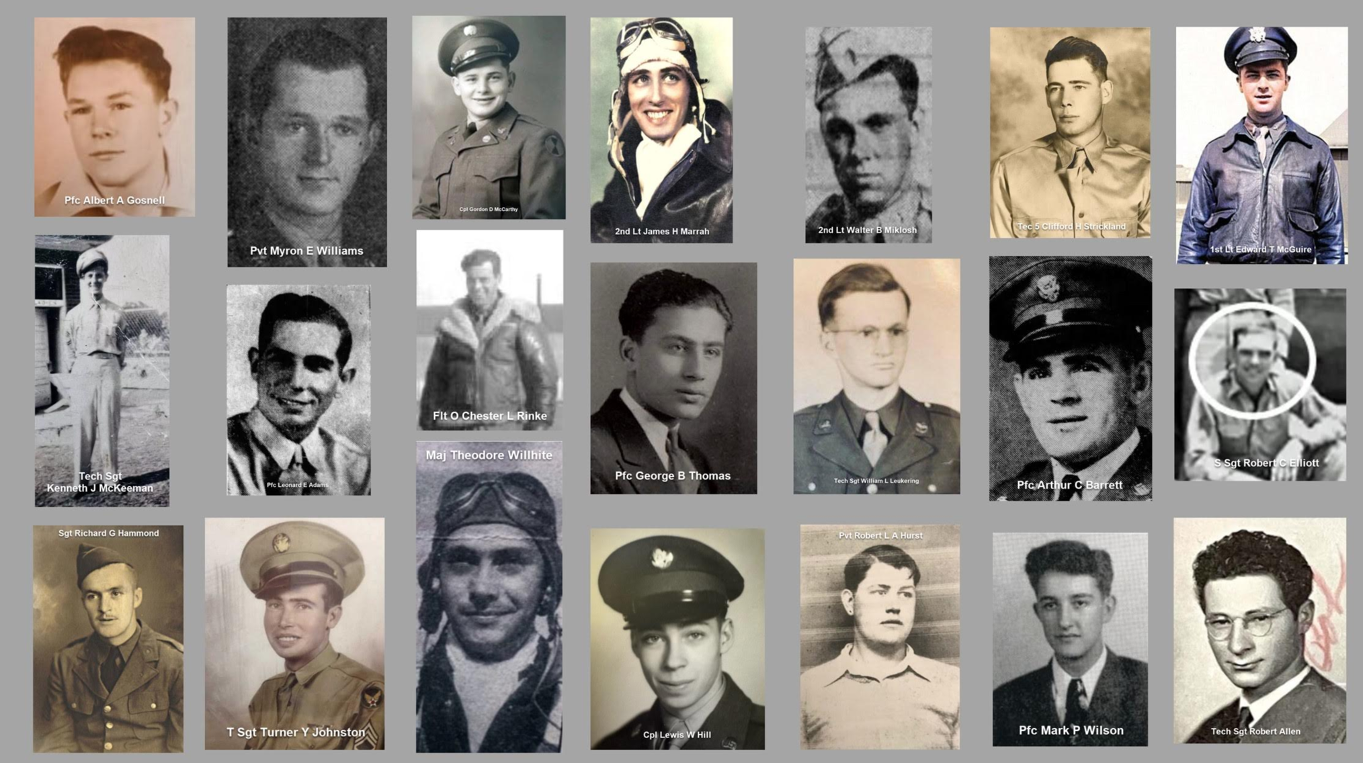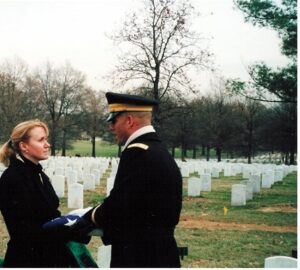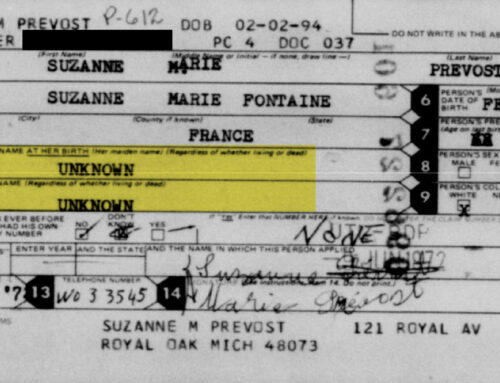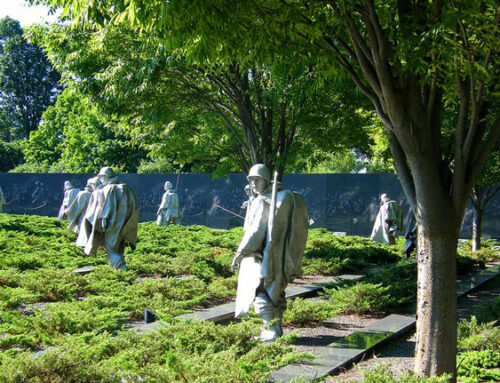
The faces of 21 of the 23 soldiers who have been identified since last Memorial Day. If you take a close look at this illustration, you’ll find a McKeeman, McCarthy, and McGuire among those 21 soldiers, so Irish America is well represented.
“No Man Left Behind” is so much more than a slogan to me. In a sense, I contemplate Memorial Day year-round due to my work with the Army. For the past 25 years, I’ve been assisting the Defense POW/MIA Accounting Agency (DPAA) with the identification of our soldiers who gave their lives in WWI, WWII, Korea, and Vietnam but have not yet been accounted for.
My role as a genealogist is to seek each soldier’s family, identify his next of kin, and find relatives who share his mitochondrial, Y-DNA, and/or autosomal DNA with the hope that they’ll be willing to provide reference samples. I cold-call my way back into the lives of the soldier’s siblings, nieces and nephews, and cousins – and yes, even in 2024, I still pick up the phone because email, text, and traditional mail strike me as too impersonal for something of this gravity.

Genealogist Megan Smolenyak receives the flag of a soldier at Arlington National Cemetery.
I vividly recall the first memorial service I went to at Arlington National when a soldier I had researched was to be buried. So little was known about this repatriation initiative at the time that I was the only one who attended, so was asked to receive the flag (later sent to the family) for the ceremony. Even now, most relatives I reach out to are learning about this for the first time, but awareness is steadily growing so the resulting memorial services are now far more frequent and draw large crowds.
To date, I’ve had the privilege of delving into the roots of 1,711 heroes, and 72 have been identified and returned to their families. That 23 occurred in the last year speaks to constantly improving recovery and identification techniques and technologies.
It’s strange. With the exception of those lost in Vietnam, all of these men died before I was born, so it’s instinctive to think of them as elderly, but the reality is that they were youngsters. To do this work is to wallow in a world of lost possibilities. So much promise expended to retain our freedom. Devoting our effort to bringing them home is the very least we can do.





Leave A Comment